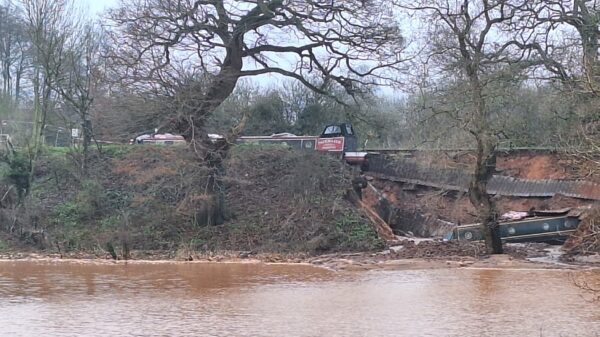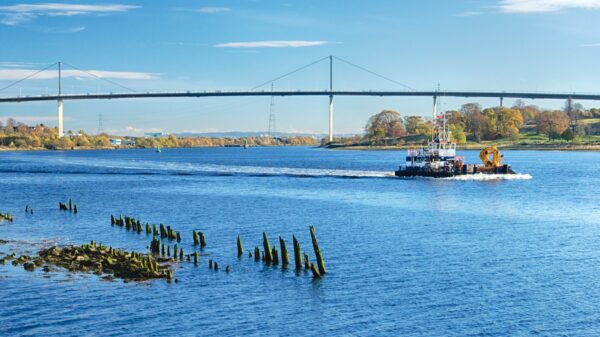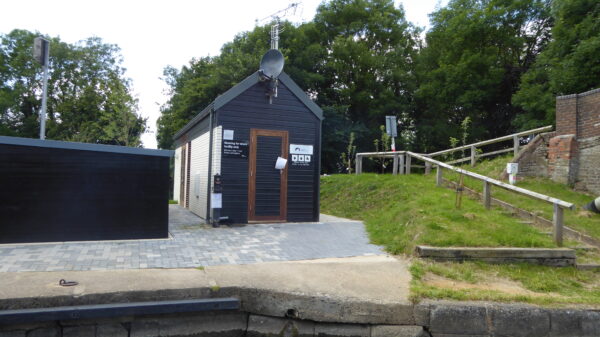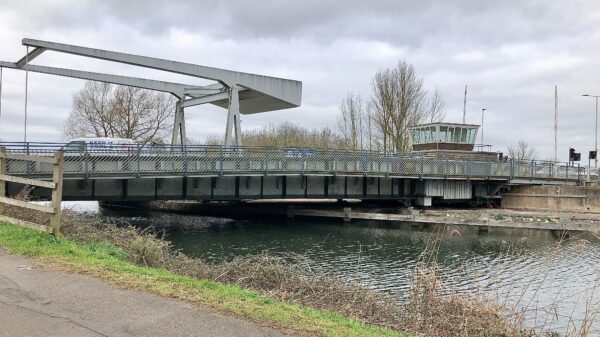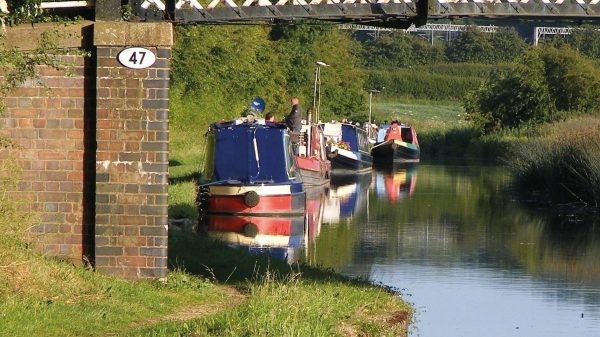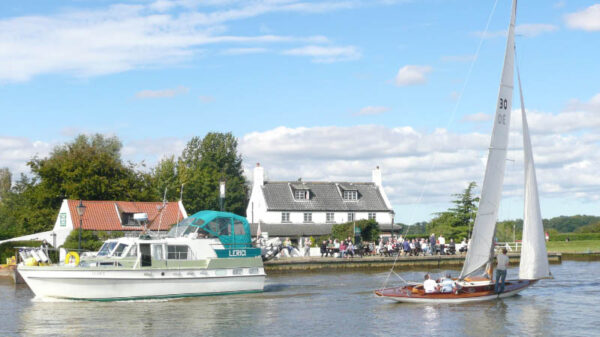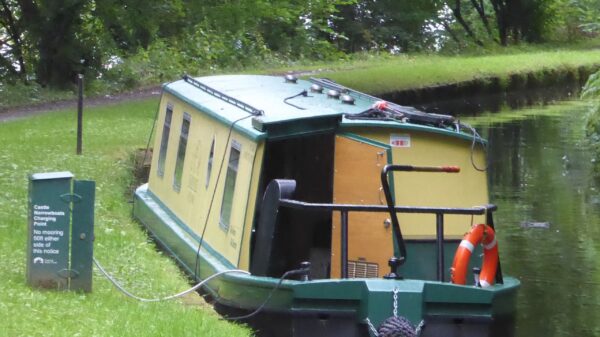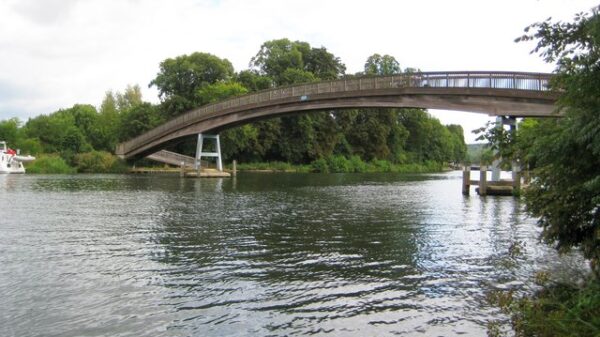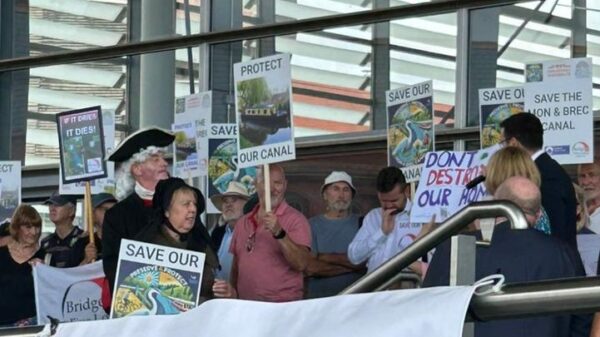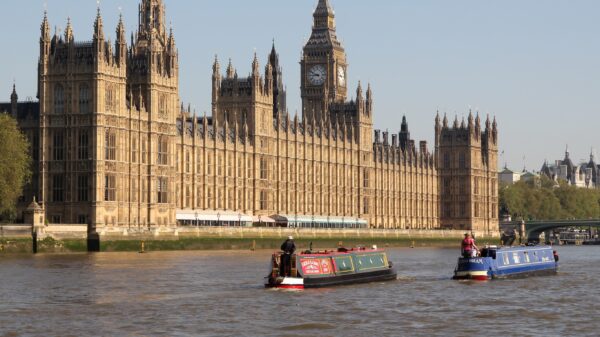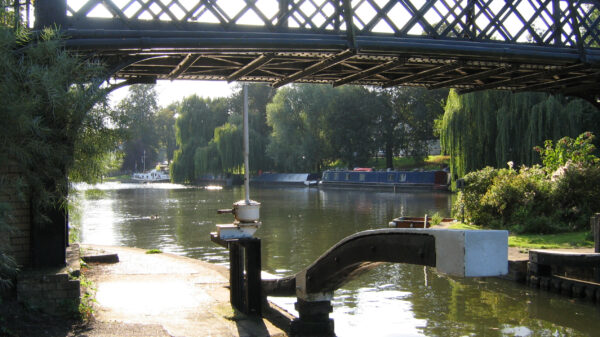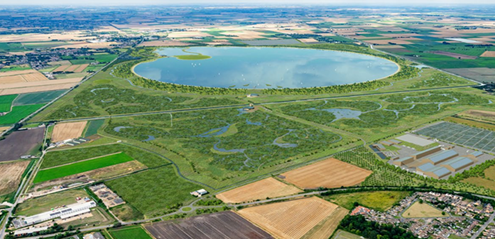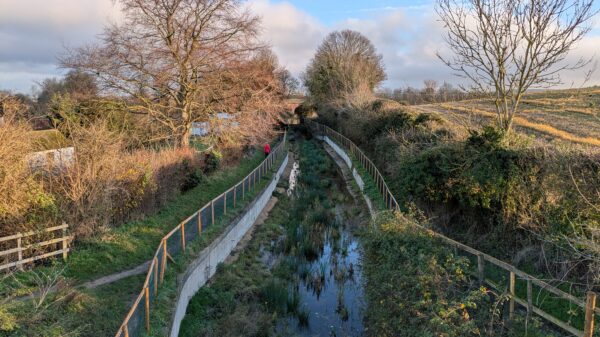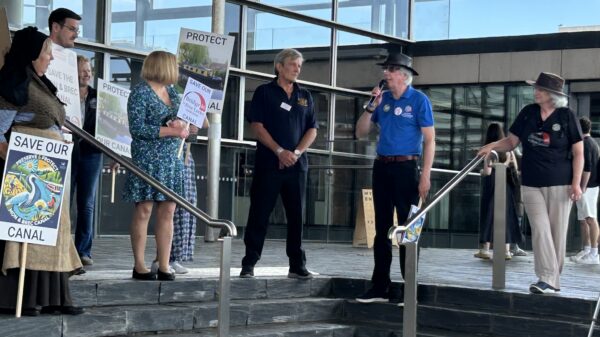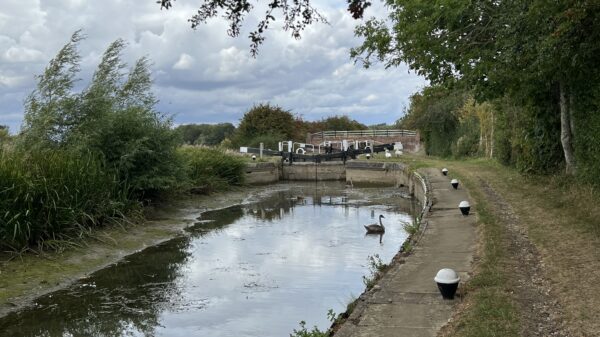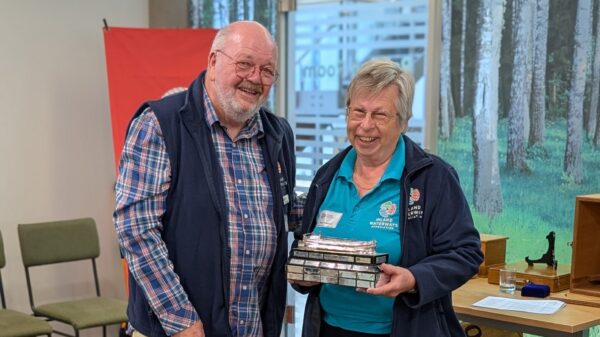1. An important industrial heritage
Our canals and rivers tell the story of Britain’s industrial past.
The 7000 miles of waterways are home to 2700+ listed structures, 70 listed ancient monuments and 5 UNESCO world heritage sites. Many are in conservation areas. Yet there are still stretches of waterway and buildings which have no protection at all.
The heritage of each waterway is unique to that canal or river, as each canal company found a different way to design their infrastructure.
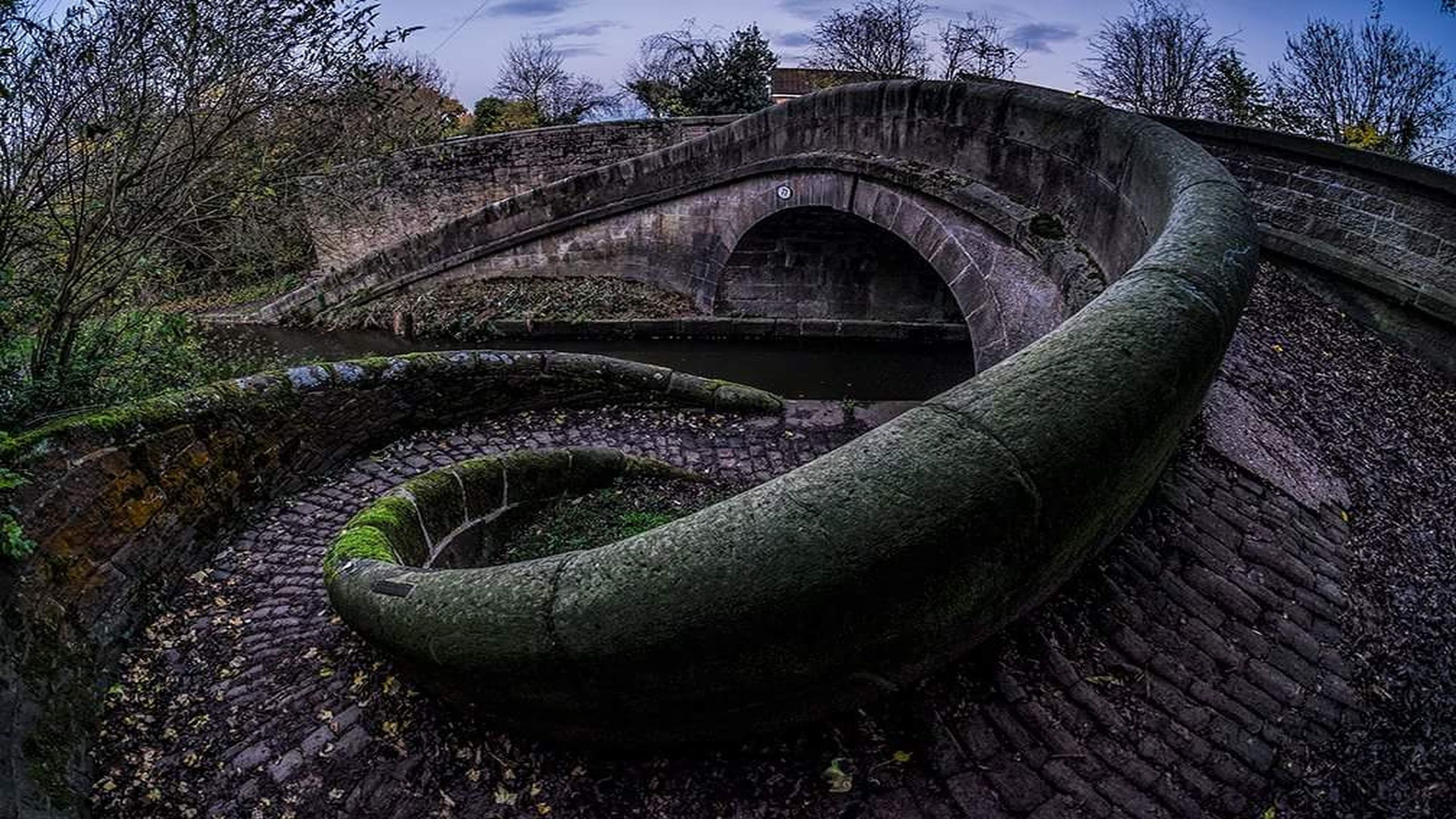
2. It’s not a museUm
Britain’s canal and river heritage is not in a museum. Our waterways are a vast, open air network connecting city and countryside, alive with boats and enjoyed by millions.
Moreover, no other heritage system is as widespread or as accessible as the inland waterways. Anyone can walk along a canal in one of many cities and towns across Britain and help to operate a 200 year old lock mechanism with no training – just an enthusiasm to get stuck in and push a balance beam!
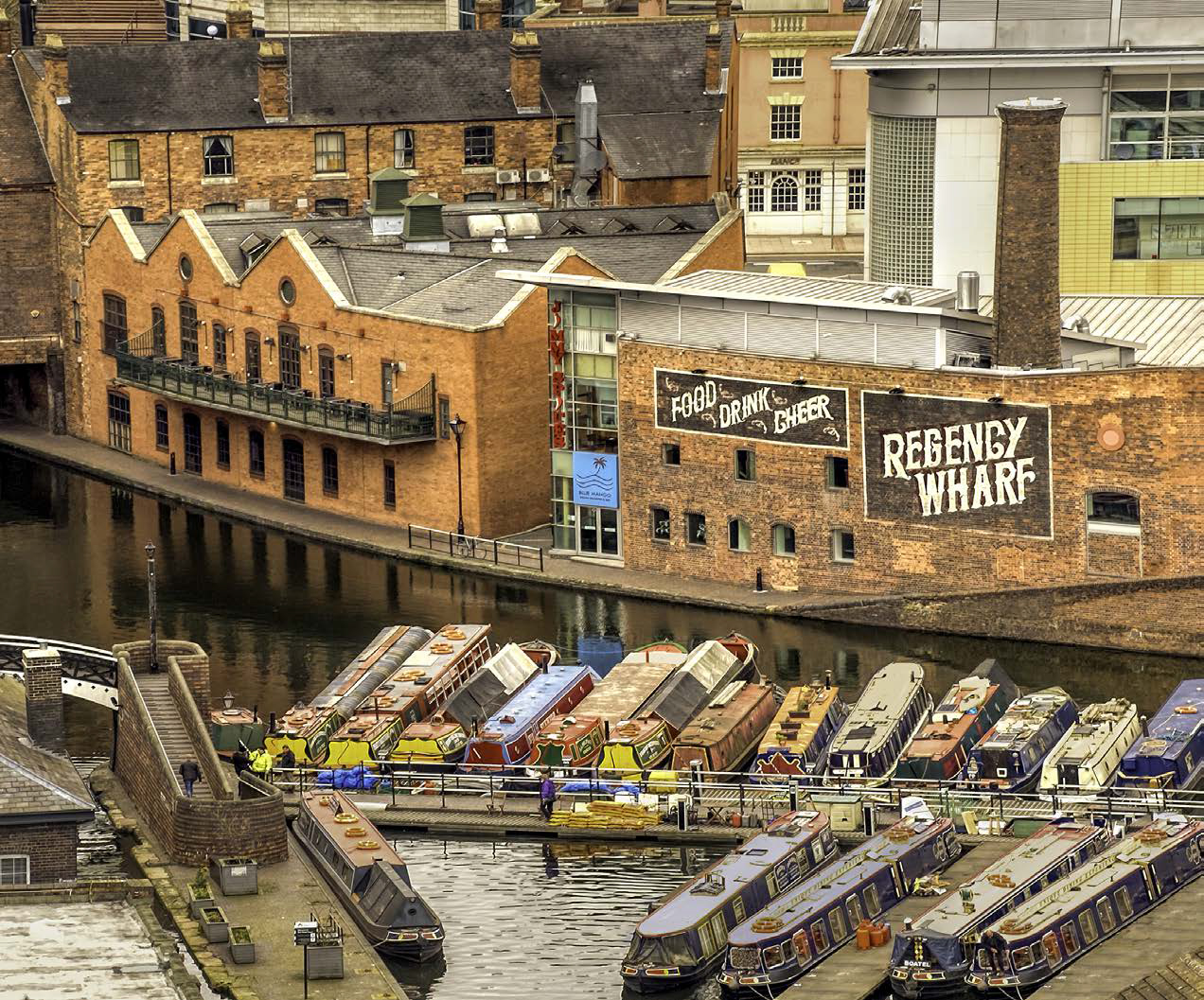
3. Good for economic growth
Canal regeneration is a catalyst for economic growth in previously deprived, urban areas. Canal and river heritage alongside the natural world can also give a much-needed boost to rural areas.
Similarly, the waterways tourism industry is thriving like never before. Because of environmental, health and financial reasons, many more people are choosing to holiday in Britain instead of abroad.
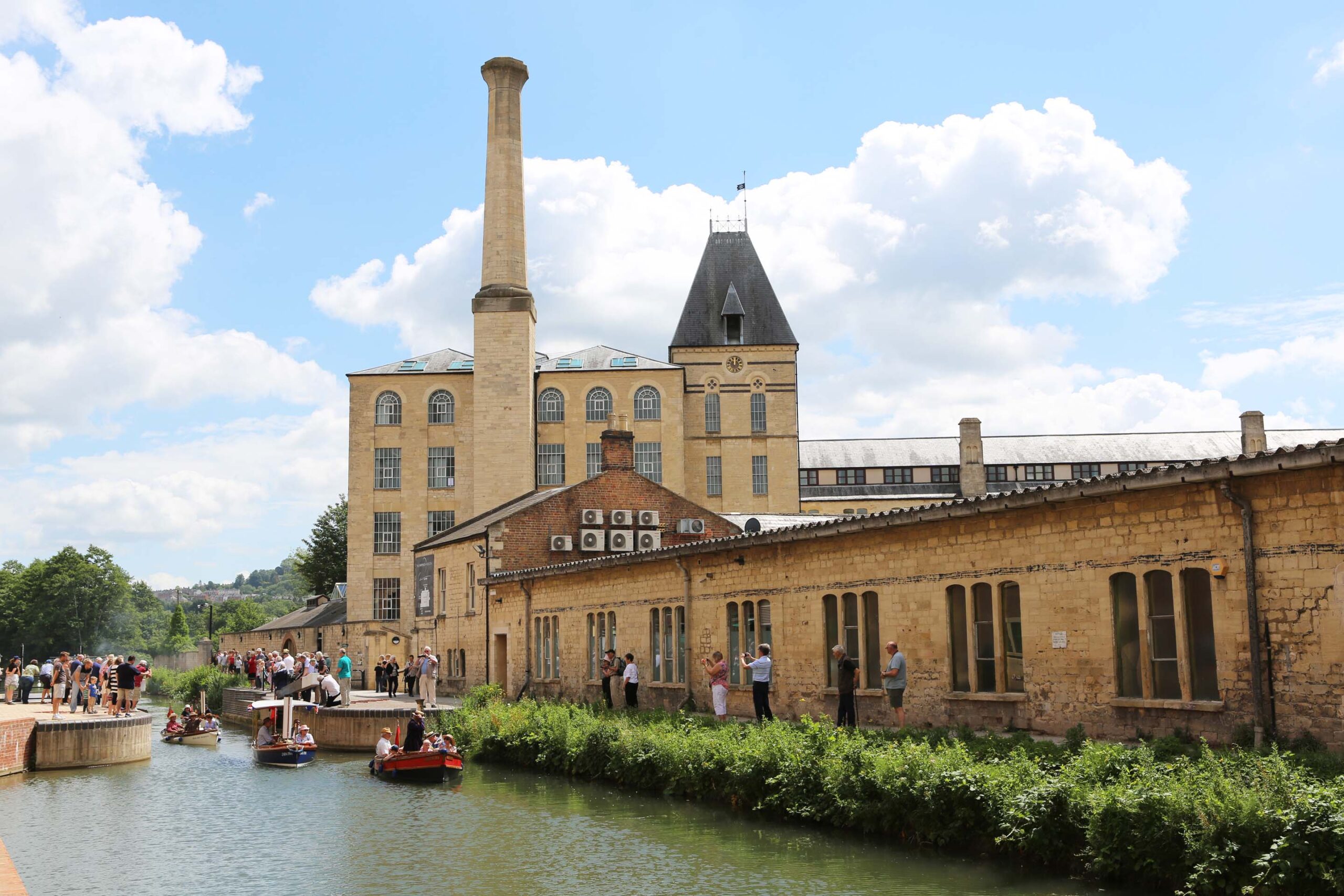
4. Better quality of life
Canals and rivers create green routes through cities and towns, supporting wildlife and improving the mental and physical health of everyone who lives beside them.
Heritage contributes to how good people feel about the places they live and their quality of life.
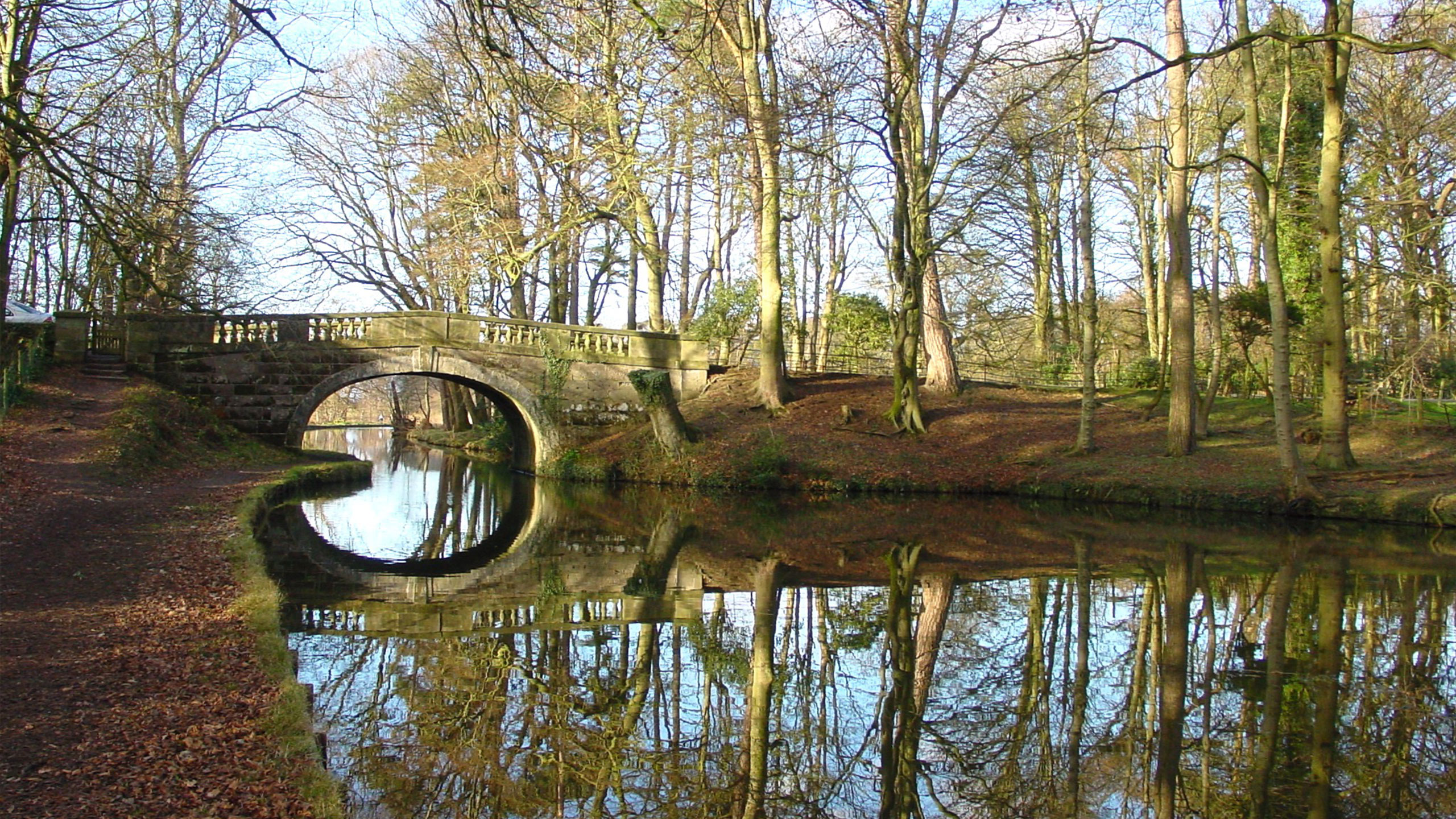
5. It builds communities
Our surroundings contribute to our ideas about who we are, where we live and how we feel about our local community.
Canal and river heritage builds communities around buildings, landscapes or cultural traditions and memories. It is vital we preserve this heritage for the future.
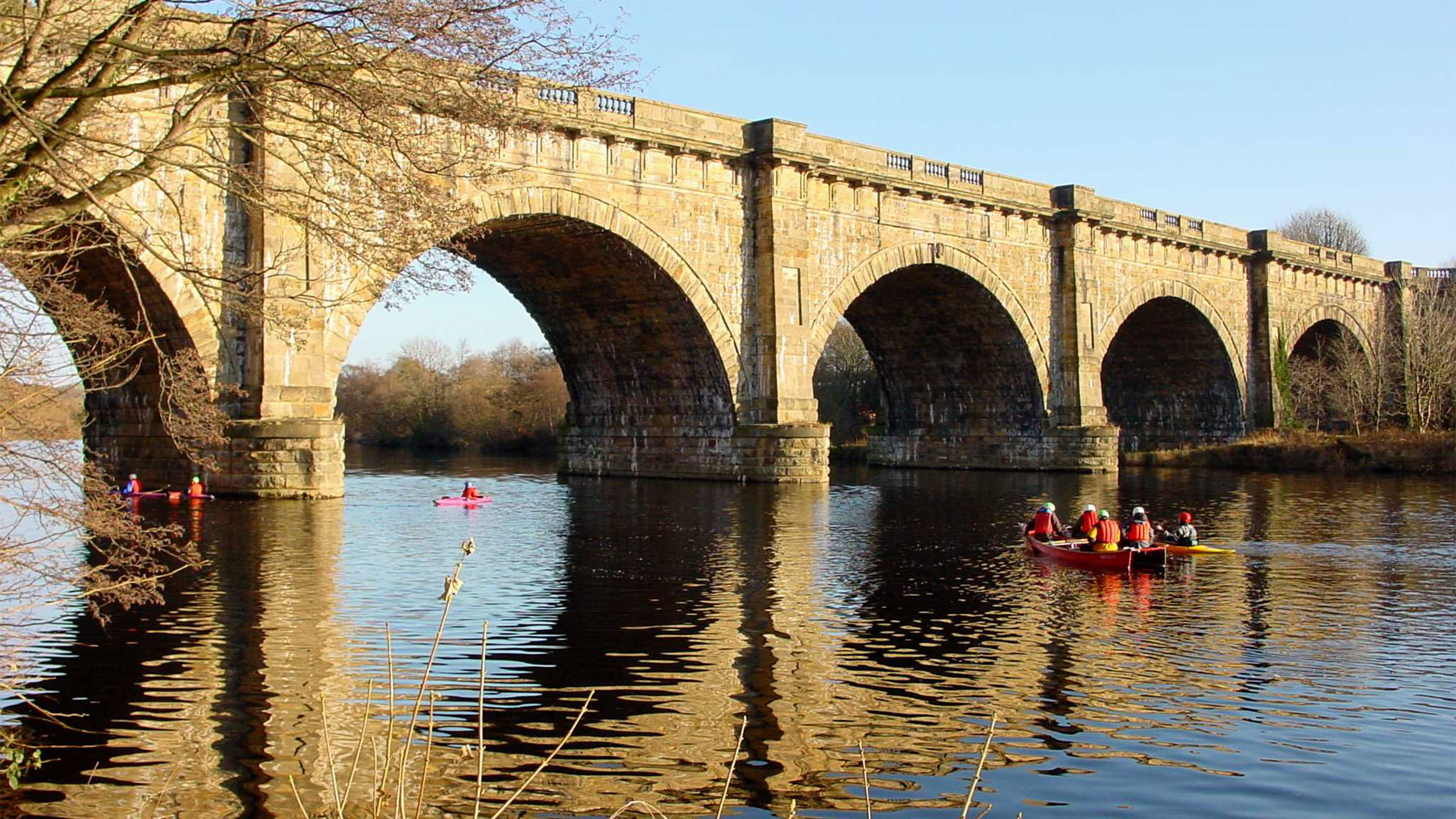
Sign up to help waterways heritage
Waterways heritage is falling through the gaps of heritage protection. Many heritage features have already been lost, whilst vast numbers remain under threat.
Sign up to receive our ‘Waterways heritage spotter guide’ – plus the latest heritage updates, inspiration and access to events.

